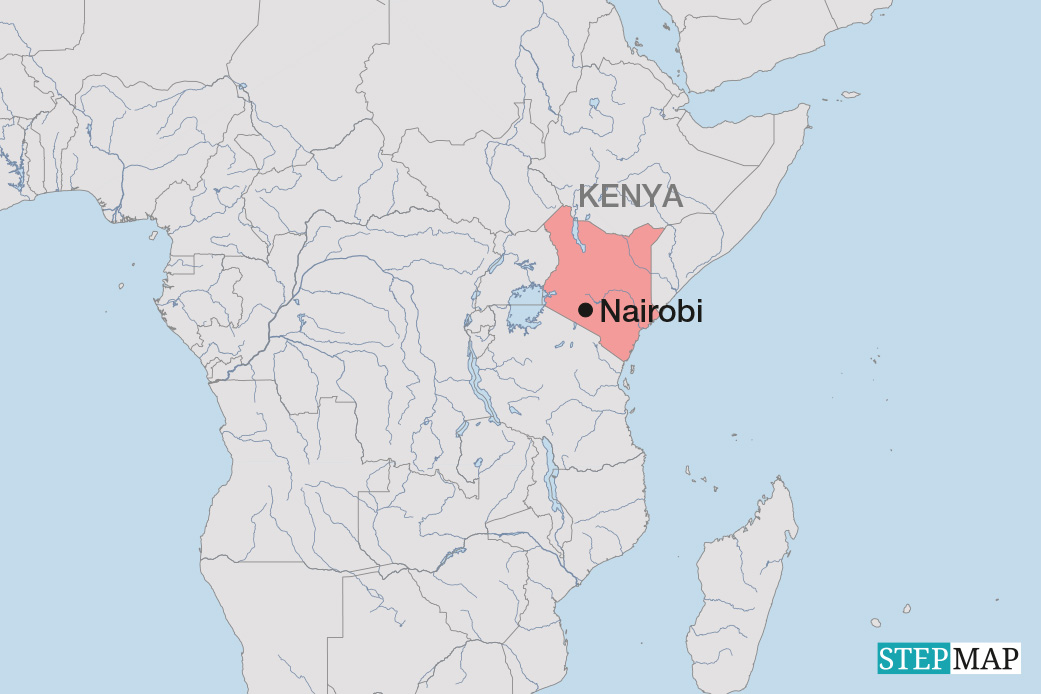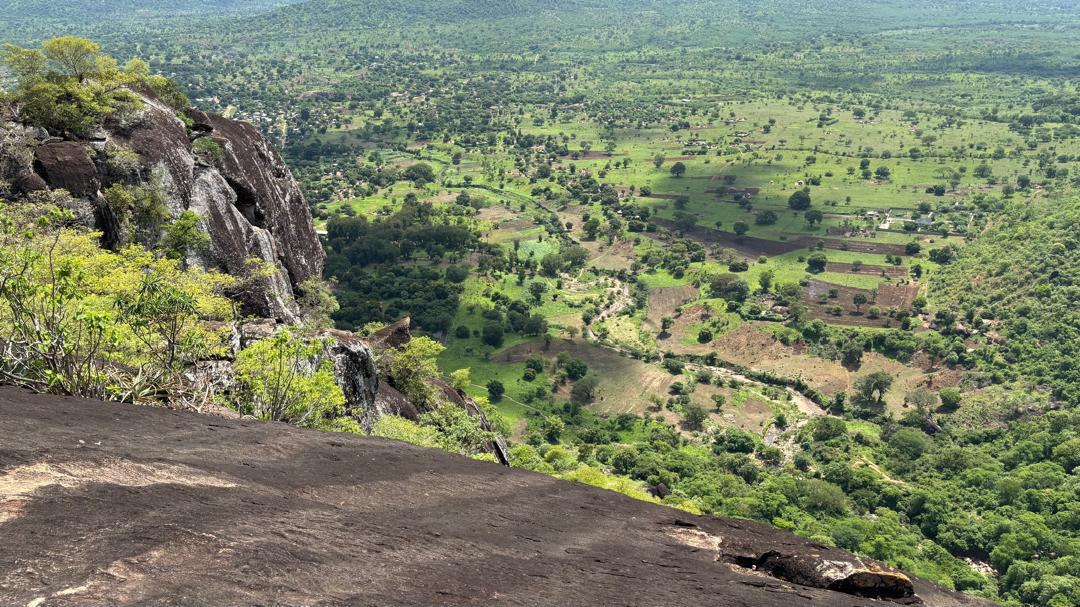Editorial
More knowledge, more innovation

The core question is how agriculture develops in order to feed all of humanity and generate adequate incomes? The right answer will depend on understanding adequately the people who are immediately concerned: farmers and rural workers. The point is that THE farmers do not exist as a single, homogenous group of people. Farmers are a very diverse community with very different backgrounds. Some are poor subsistence farmers that struggle to sell anything at all, while others run huge operations and make lots of money.
The poorest of the poor cultivate barren plots without input apart from rain. They hardly grow enough staple foods to feed themselves, so they do not have any surpluses they might sell. Commercial farms, on the other hand, are sometimes run by multinational companies that focus on cash crops such as soy, palm oil, fruit or coffee rather than staple foods. There is a huge range of farms of many different sizes and economic potentials. There is nothing wrong with growing cash crops in principle, provided that cultivation is environmentally sustainable and decent incomes are generated for masses of people. Small and mid-sized farms can prosper in the cash-crop sector too.
Uruguay is taking an innovative approach in this regard. It has legalised the cultivation, distribution and consumption of marihuana. This policy is controversial internationally, but Uruguay’s government has spelled out its goal clearly: It wants to thwart the illegal cannabis trade. As a side-effect, new market opportunities are arising for farmers who want to grow a different crop. Some companies from other countries have already indicated their interest in being supplied. Those who oppose the legalisation of cannabis should consider the fact that the cultures of many world regions consider alcohol to be the much more dangerous drug.
For more farmers to escape poverty, higher yields and greater revenues are needed, and development efforts have been geared to these goals for decades. The so-called Green Revolution began in the 1960s. The focus was on increasing output by increasing input: chemical fertiliser, pesticides, irrigation water, improved seed and machine-enhanced labour.
What was not taken into account at the time was the detrimental impact on soils and the environment in general.
This kind of mistake must not occur again, especially as climate change is now exacerbating the environmental damage. The way forward is to combine farm inputs intelligently and sparingly. In support of modernising agriculture, subsidies for farms will sometimes deserve consideration.
The world of agriculture is becoming increasingly complex. There are no simple answers. High yields are essential, and so is environmental sustainability. More knowledge and more innovations are needed. Research centres and farming schools will have to make important contributions. Another important challenge is to update all farmers on new insights and the related options.
Sabine Balk is a member of the editorial team of D+C Development and Cooperation / E+Z Entwicklung und Zusammenarbeit. euz.editor@fs-medien.de













